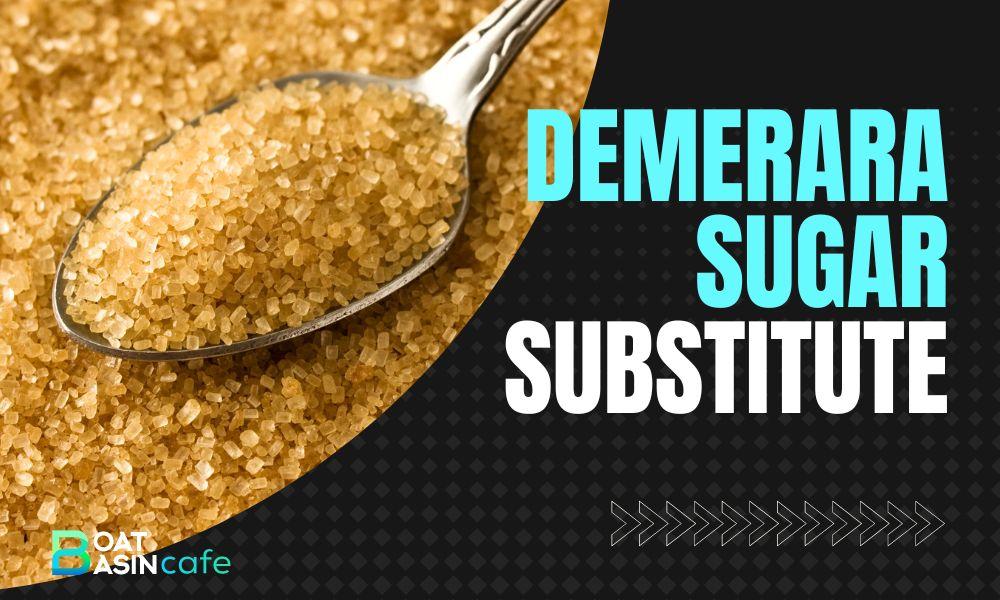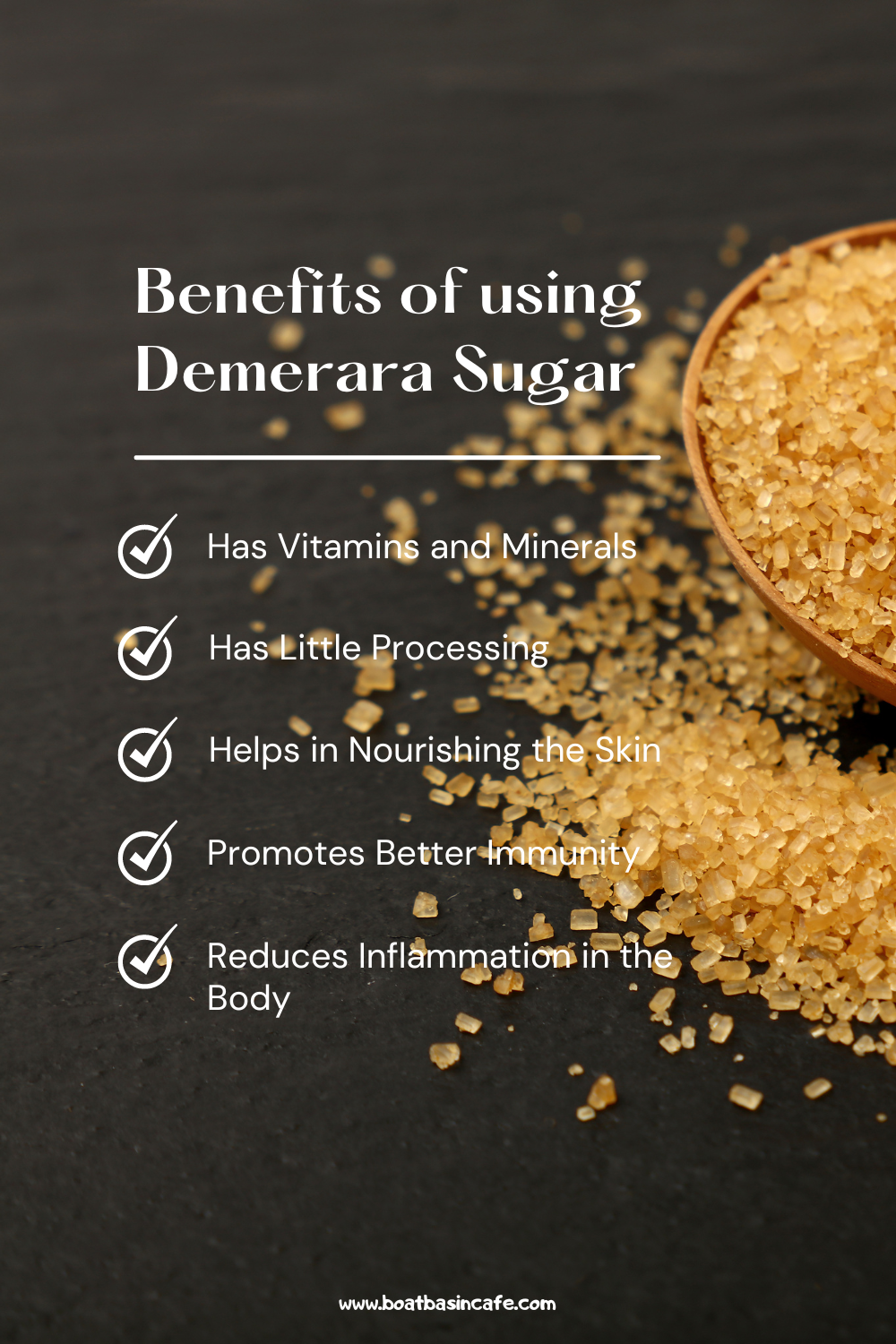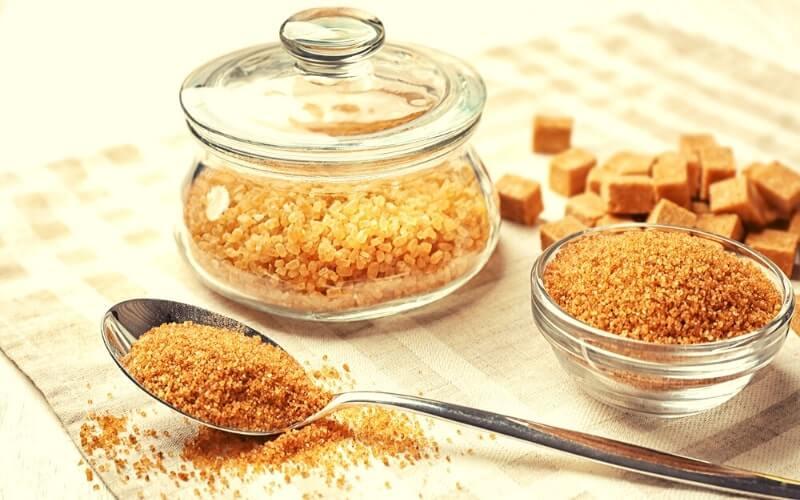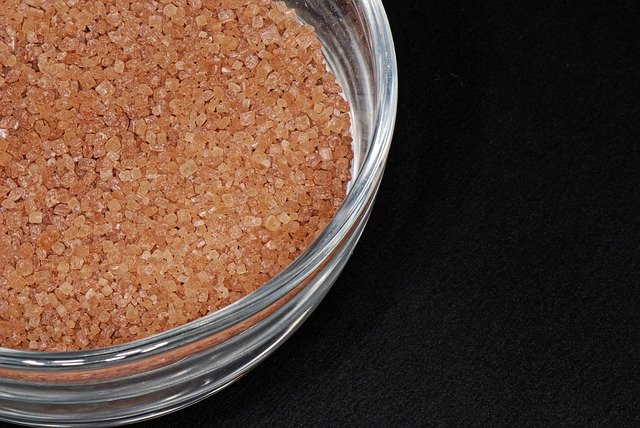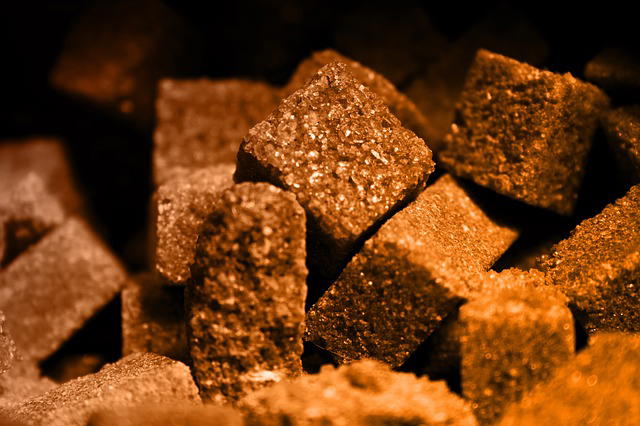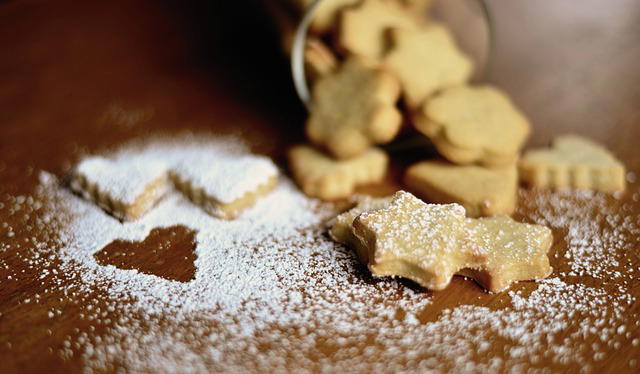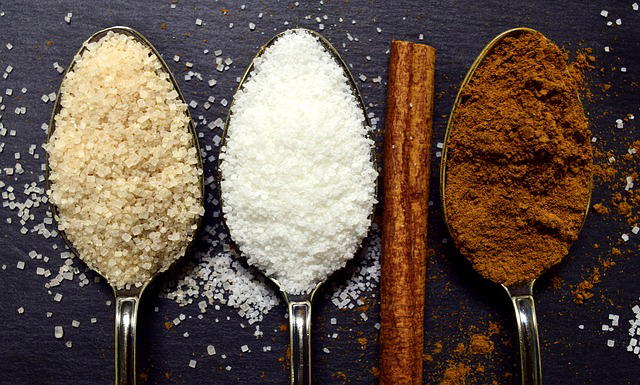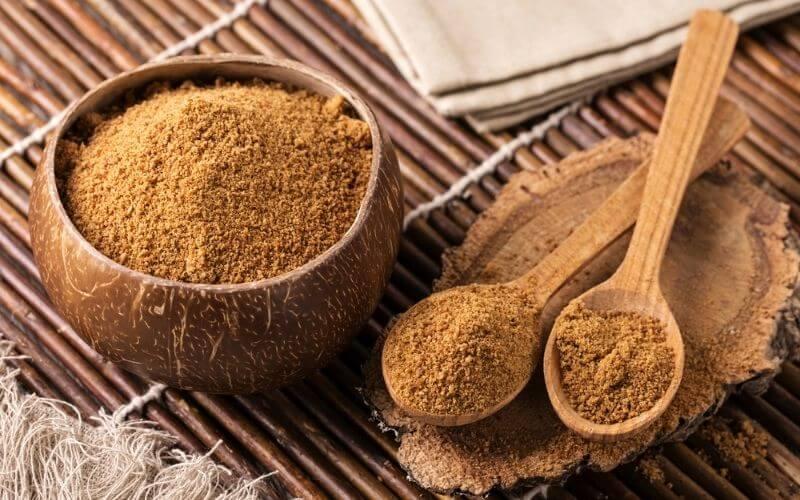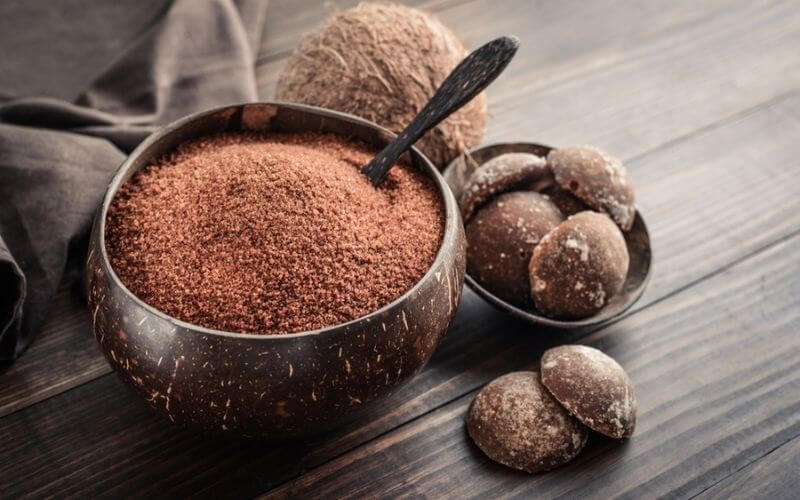Hey there, sugar lovers!
If you’re anything like me, you’ve got a bag (or two, or three…) of powdered sugar in your pantry always.
It’s a versatile ingredient that’s essential for all kinds of sweet treats, from frosting to glazing to dusting over cakes and cookies.
But even though we rely on powdered sugar to add that extra special something to our baked goods, it’s not uncommon to wonder: does powdered sugar go bad? Can it go stale or lose its potency?
In this article, we’ll get to the bottom of these questions and more and share some tips for keeping your powdered sugar fresh and ready to use at a moment’s notice.
So, grab a spoon, and let’s dig in!
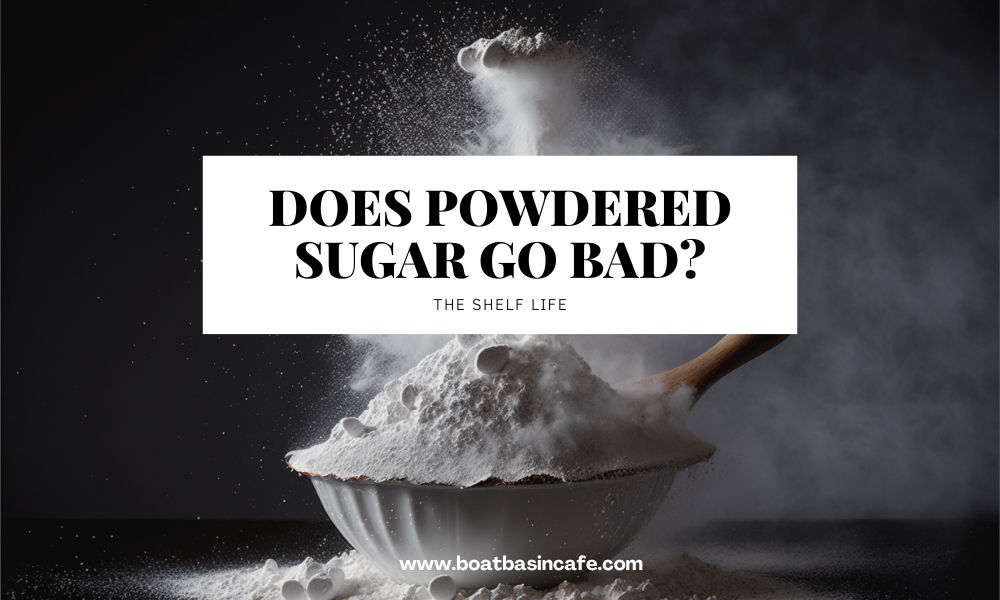
Does Powdered Sugar Go Bad? (The Short Answer!)
Powdered sugar, also known as confectioners’ sugar or icing sugar, does not go bad in the same way that other foods do. It is made from finely ground sugar and cornstarch (which also doesn’t go bad); and the fine, dry texture of the sugar means that it is resistant to moisture and does not spoil easily.
It is difficult for bacteria and other microorganisms to grow on fresh powdered sugar because of the small size of the particles and low moisture content.
But (There Is Always a but!)
However, powdered sugar can absorb moisture from the air and become clumpy or hard over time.
To prevent this, it is best to store powdered sugar or confectioners’ sugar in a sealed airtight container.
If the sugar does become clumpy, you can try breaking up the clumps by sifting the sugar through a fine-mesh sieve or by grinding it in a food processor or coffee grinder.
While it is unlikely to go bad in the traditional sense, the quality of the sugar may degrade over time, particularly if it is not stored properly.
How Long Does Powdered Sugar Last?
Normally, unopened packaged powdered sugar has a shelf life of around 18-24 months, depending on the manufacturer and the storage conditions.
However, as we said earlier, powdered sugar doesn’t go bad like other foods. You’ll always see the terms “use-by”, “sell-by” or “best by” date for such types of unperishable foods.
They’ll rarely have an expiration date because it doesn’t spoil.
The “best by” date indicates the point at which the sugar should be used for optimal quality, especially when using it to make baked goods like sugar cookies.
Dates like “sell-by”and “use-by” on packaging do not affect the safety of the product but are used for store inventory purposes and to ensure that fresh stock is available.
How Long Is Powdered Sugar Good for After Opening?
Once a package of the powdered sugar has been opened, it should be used within 6-12 months for best quality.
But they’re still edible and won’t harm you for an indefinite year!
Will Expired Powdered Sugar Hurt You?
If a product is past the printed dates; don’t worry! You can still eat expired powdered sugar safely and it won’t become a biological hazard!
These dates are included partly because consumers tend to trust products with a printed date more than those without one.
Understanding the Longevity and Safety of Sugar from Experts’ Perspective
According to Reader’s Digest, all types of sugar (except brown sugar) do not spoil or go bad as long as it is not exposed to moisture or heat.
It may undergo some changes over time that make it less desirable to eat or use, but it will not become poisonous or rancid like other foods.
The U.S. Department of Agriculture explains that shelf-stable foods like sugar should be stored in a cool, dry place in a sealed container.
Brown sugar, which contains more moisture than other types of sugar, should be stored in a slightly humid environment and airtight containers.
According to UCSB ScieneLine, sugar can even preserve other foods since it destroys the microorganisms that make food spoil and become unsafe to consume.
How to Know If Powdered Sugar Is Expired?
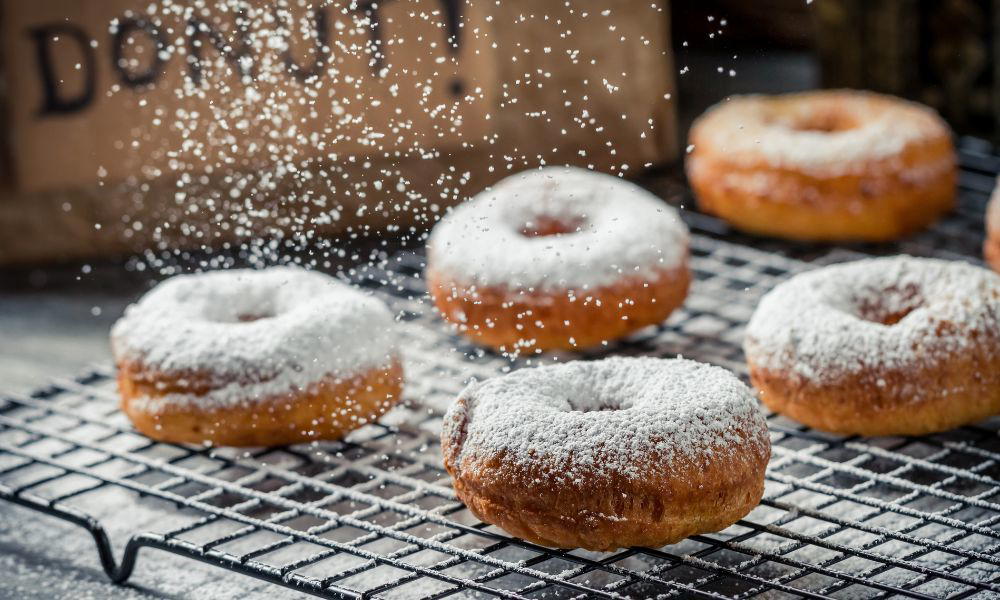
Yeah, the shelf life of powdered sugar is almost indefinite; however, some external factors like light, moisture, and humidity can affect the test and usability of it.
You should throw away your confectioner’s sugar if it has mold or any other type of organic growth, wet clumps, or any pantry pests inside.
The same goes for if it has an unusual smell or taste. Small, dry clumps are generally okay.
Wet clumps, mold, and other growths are usually caused by water getting into the package.
If you come across any pantry insects, whether dead or alive, be sure to check other nearby food products and get rid of any that may have been contaminated.
It’s important to take these precautions to avoid any potential risks.
Here are a few signs that your icing sugar may have gone bad (or it’s not the best to use anymore!):
1. It Has a Stale or Off Smell
Powdered sugar should smell like regular sugar, so if it has an unusual or off smell, it may have either been contaminated with something (like microbes) or absorbed the smell from another nearby food product.
If the unpleasant odor can be easily explained (e.g., it smells like the product next to it), the sugar is probably okay to use.
It’s Always Better to Be Safe Than Sorry When It Comes to Food Safety
If the smell is strange and you’re unsure of the cause, it’s best to assume that the sugar has gone bad and discard it.
2. It Has a Stale or Off Taste
If it’s been stored for a long time, powdered sugar may sometimes taste stale.
While this isn’t common, it’s still a good idea to test the sugar before using it, especially if you plan on sprinkling it over pancakes or other dishes where the taste of the sugar could be more noticeable.
If the sugar tastes stale, it’s probably best to discard it and get a fresh bag.
However, if you’re using confectioners sugar as an ingredient in something like pancake batter or frosting, the stale taste may not make much of a difference.
It’s always a good idea to check old, powdered sugar before using it, just to be on the safe side and avoid food poisoning.
3. It Has Hardened or Clumped Up
Powdered sugar can often form small, dry clumps over time, due to the cornstarch used. It can also happen for moisture in the air.
The amount of time it takes for this to happen can vary depending on the brand of confectioners sugar you are using.
However, it’s normal for small clumps to form eventually.
How to Get Rid of the Clumps?
To get rid of these clumps, you can sift the sugar through a mesh strainer or break them up with a fork or your fingers before using it.
If the clump isn’t breaking or the powdered sugar has lost its fine, powdery texture and become lumpy, it’s probably best to discard it and get a new bag.
How to Store Powdered Sugar Properly to Keep It in Its Best Form?
Storing confectioner’s sugar (also known as powdered sugar or icing sugar) may seem like a no-brainer – just toss it in a cupboard and you’re good to go, right?
Not quite!
While it’s true that powdered sugar is more forgiving than some other baking ingredients, there are still a few things you should consider keeping it fresh and preventing it from turning into a clumpy, sugary mess.
First and foremost, avoid storing powdered sugar in bowls or shakers on the kitchen table (unless, of course, you have a serious sweet tooth and are constantly indulging).
Instead, keep it in the unopened package in a cool, dark, dry place like your pantry out of direct sunlight. This will help prevent the sugar from absorbing moisture and going stale.
A pantry or cabinet away from the hot stove is a good choice.
Once you open the original package, it’s important to seal it up tightly to keep out moisture and pantry pests or critters like ants and beetles.
A rubber band or bag clip with a plastic cap pour spout can help to keep the sugar fresh for longer.
If the powdered sugar comes in a canister with a lid or a heavier plastic bag with a resealable zipper, you can leave it in its original sugar package.
If it comes in a flimsy plastic bag that is not resealable, transfer it to a glass or plastic container with a good sealing lid for long-term storage.
A Free Tip: Label It Before Storing
Make sure the container is completely dry before adding the powdered sugar, and don’t forget to label it!
It’s easy to confuse baking ingredients that look similar, and you don’t want to accidentally use powdered sugar in place of granulated sugar (or vice versa) in a recipe.
Can I Freeze Powdered Sugar?
While it is technically possible to freeze powdered sugar, it is generally not recommended as frozen sugar does not significantly extend the shelf life and may absorb strong smells from the freezer.
If you do decide to keep it in the refrigerator, make sure to seal it tightly in a freezer bag or airtight container to prevent it from forming lumps or picking up unwanted odors.
When using freezer bags, be sure to squeeze out the air before sealing.
It’s Not Recommended to Keep Powdered Sugar in the Refrigerator
It is generally better to store powdered sugar at room temperature in a sealed container away from moisture and strong odors. It will last for several years if kept tightly sealed.
How To Make Powdered Sugar Using Regular Sugar?
Are you in a pinch and need some powdered sugar, but all you have is regular granulated sugar? No problem!
You can easily make your own powdered sugar at home with just a few simple tools. Here’s how:
Step 1: First, gather your materials.
You’ll need a blender or coffee grinder or food processor, some granulated sugar, and a sifter (optional).
Step 2: Next, add the sugar to your blender or food processor.
If you don’t have a sifter, you can buy this one from Amazon or you can just skip this step.
If you do have a sifter, measure out the amount of sugar you need and sift it into the blender or food processor to remove any lumps.
Step 3: Now, blend or process the sugar until it is a fine powder.
This may take a few minutes, depending on your machine.
You may need to stop and scrape down the sides of the blender or food processor a few times to make sure all the sugar is fully pulverized.
Step 4: Repeat the process
Once the sugar is fully powdered, sift it again if necessary to remove any remaining lumps.
If you don’t have a sifter, you can use a fine-mesh strainer or cheesecloth to strain out any remaining chunks of generic powdered sugar.
And that’s it! You now have homemade powdered sugar, ready to use in all your favorite recipes.
Summary – “Does Powdered Sugar Go Bad?”
So, the moral of the story is that powdered sugar is a pretty long-lasting ingredient, as long as you store it properly in a dry, airtight container in a dark, cool and dry place.
And if you do happen to have a bag of powdered sugar that’s past its “best by” date, don’t worry – it’s probably still perfectly fine to use.
Happy baking!
FAQs
Is powdered sugar gluten-free?
Yes, powdered sugar is typically gluten-free. It is made from finely ground granulated sugar and a small amount of cornstarch, which is a naturally gluten-free ingredient.
However, it’s always a good idea to check the label to be sure, as some brands may include additional ingredients that contain gluten.
How much-powdered sugar is equal to granulated sugar?
You can use 1 cup of granulated sugar in place of 1 cup of powdered sugar in a recipe. However, granulated sugar may not dissolve as easily and may not provide the same smooth texture as powdered sugar, so you may need to adjust the recipe accordingly.
Does brown sugar go bad?
Brown sugar does not spoil, but it can harden over time more quickly than white/powder sugar, as it contains more moisture naturally. It is recommended to use it within two years of purchase, as it can become too hard to use if it is left for too long.
Why does my powdered sugar taste chalky?
If your powdered sugar tastes chalky, it may be because of the cornstarch that is added to it as an anti-caking agent. Some brands may contain more oxidized cornstarch than others, which could contribute to the chalky taste.
If you notice this flavor, you can try adding some homemade powdered sugar to balance it out.
